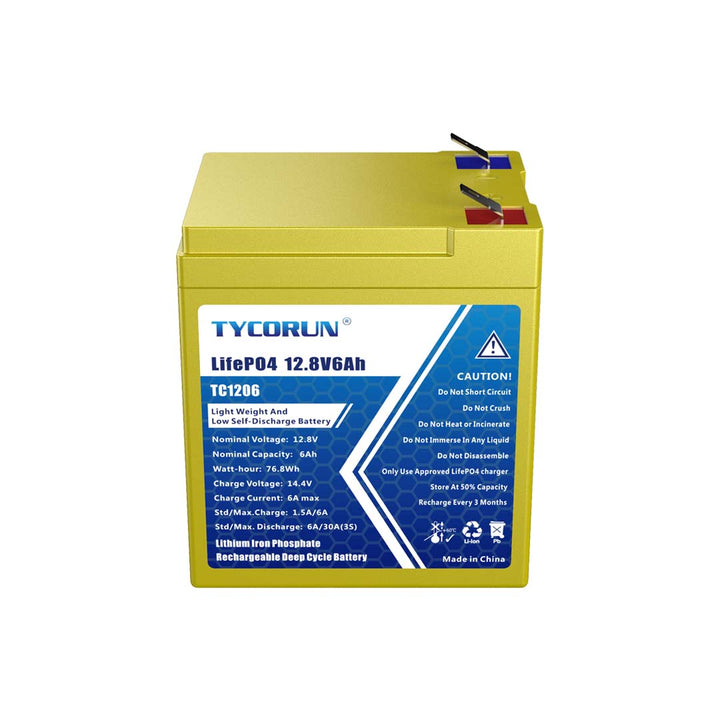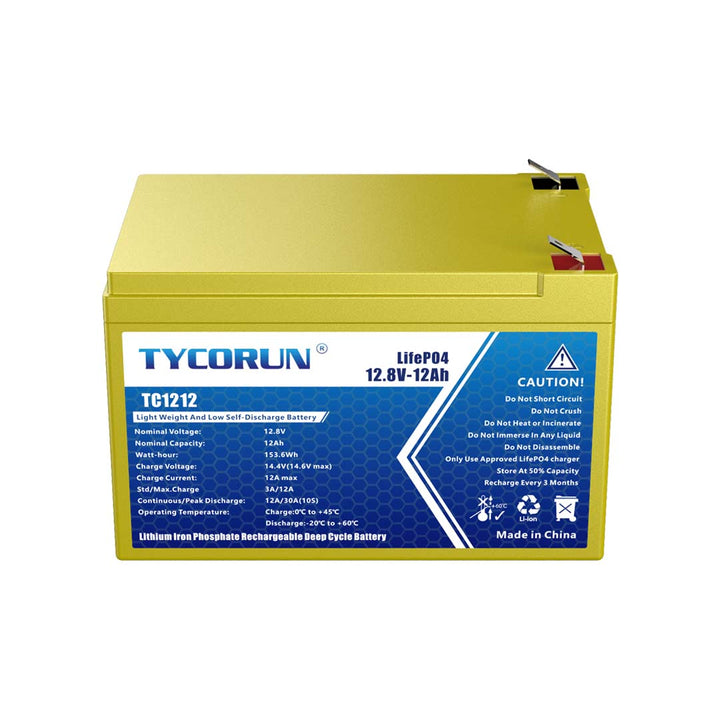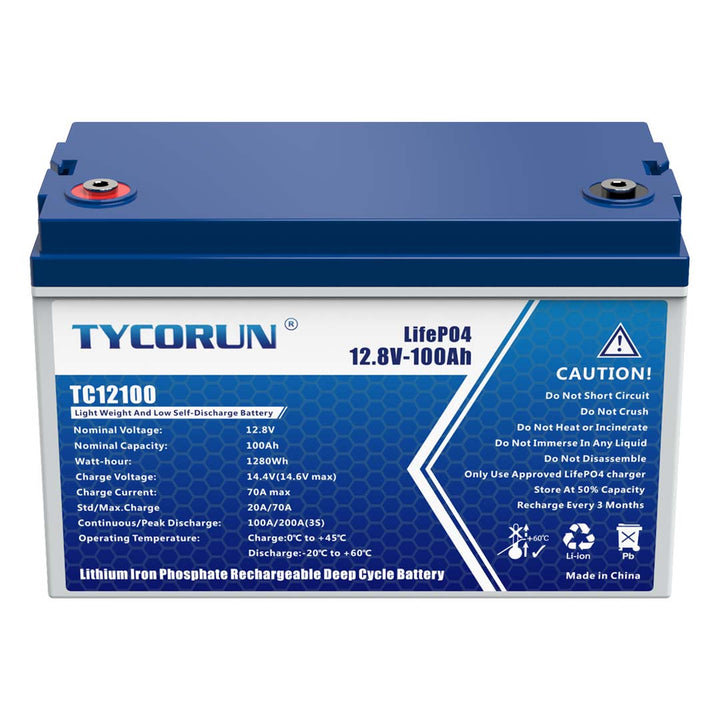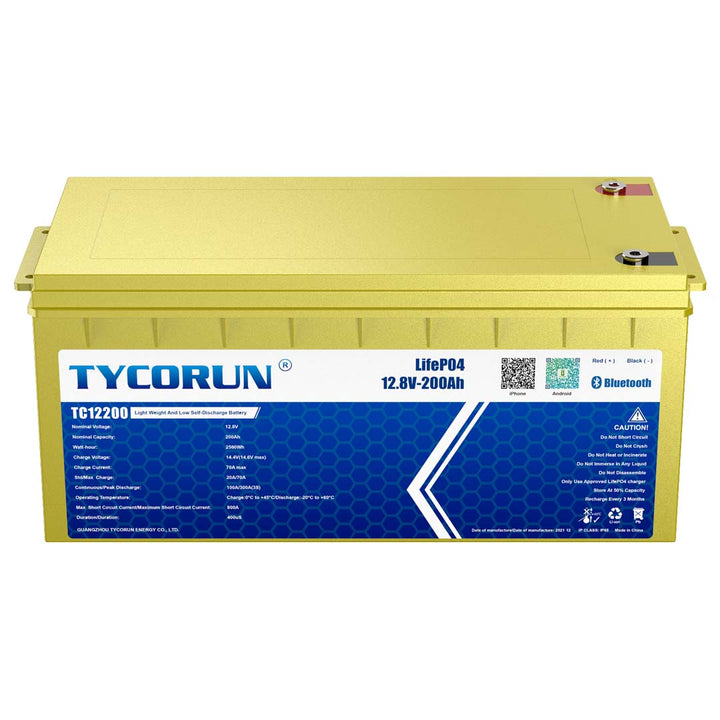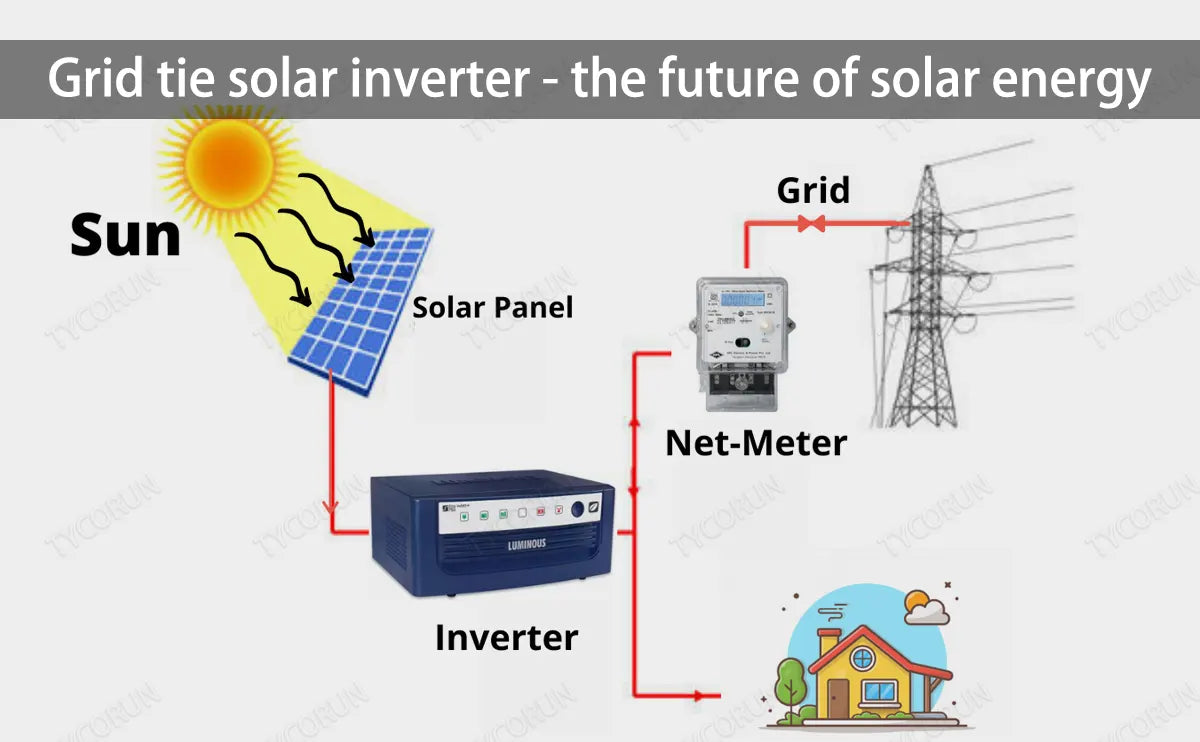
Main content:
With the intensification of the global energy crisis, solar power generation as a clean and renewable energy source has gradually attracted people's attention.
Of course, grid tie solar inverter, as one of the technologies, has also attracted people's attention. Solar power generation technology is one of the most valuable forms of energy.
1. What is a grid tie solar inverter
PV inverter grid connection is the process of converting direct current from solar panels into alternating current and connecting it to the grid. This process needs to ensure the safety and stability of the inverter.
Photovoltaic power generation is connected to the grid, that is, the direct current generated by solar modules is converted into alternating current that meets the requirements of the main power grid through the grid tie inverter, and then directly connected to the public power grid.
It can be divided into two grid tie power generation systems with and without batteries. The grid tie power generation system with a battery has dispatchability, can be integrated into or out of the grid as needed, and also has the function of backup power supply, which can provide emergency power when the power grid is out for some reason.
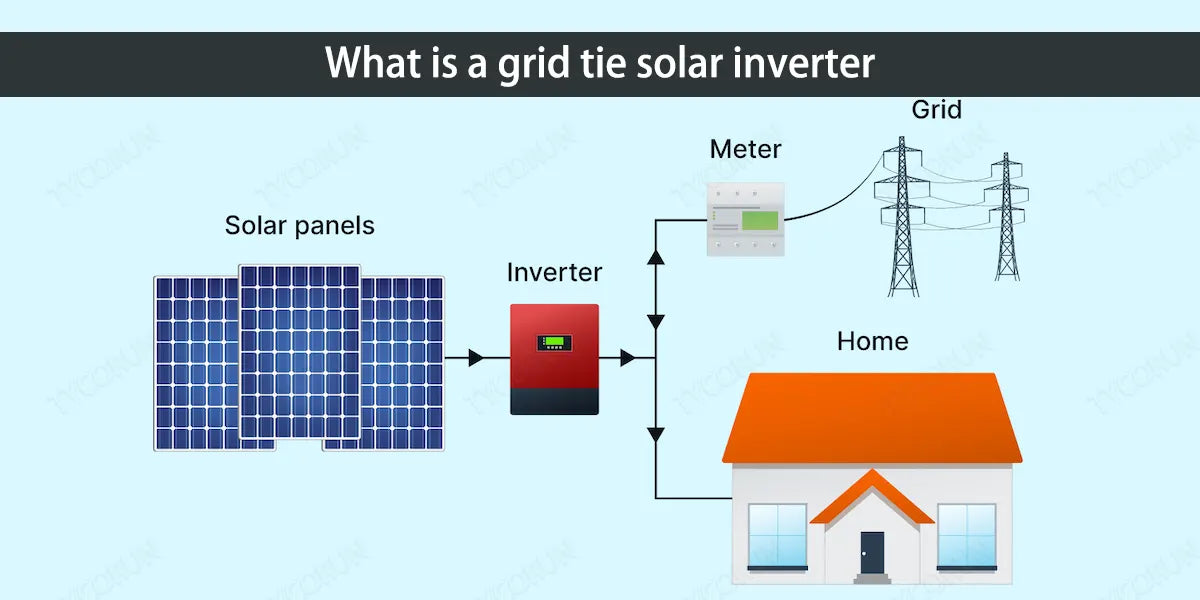
And photovoltaic grid tie power generation system with battery is often installed in residential buildings. Grid tie power generation systems without batteries do not have the functions of dispatchability and backup power and are generally installed on larger systems.
2. What is a photovoltaic power generation grid-connected system
The photovoltaic power generation system is connected to the large power grid in the form of microgrid(like solar microinverter), and the large power grid supports each other, which is an important technical way out to improve the scale of photovoltaic power generation.
And the grid tie operation of the photovoltaic power generation system is also the main direction of future technology development, and the scope and flexibility of solar energy use can be expanded through grid connection.
3. How grid tie solar inverters work
The core of the grid tie solar inverter device is the inverter switching circuit, referred to as the inverter circuit. The circuit completes the function of inverter through the conduction and shutdown of power electronic switches.
When the utility grid is powered off, the grid side is equivalent to a short-circuit state, and the inverter running on the grid will be automatically protected due to overload. Of course, the premise of stand-alone operation is that the solar array can provide sufficient power at the time.
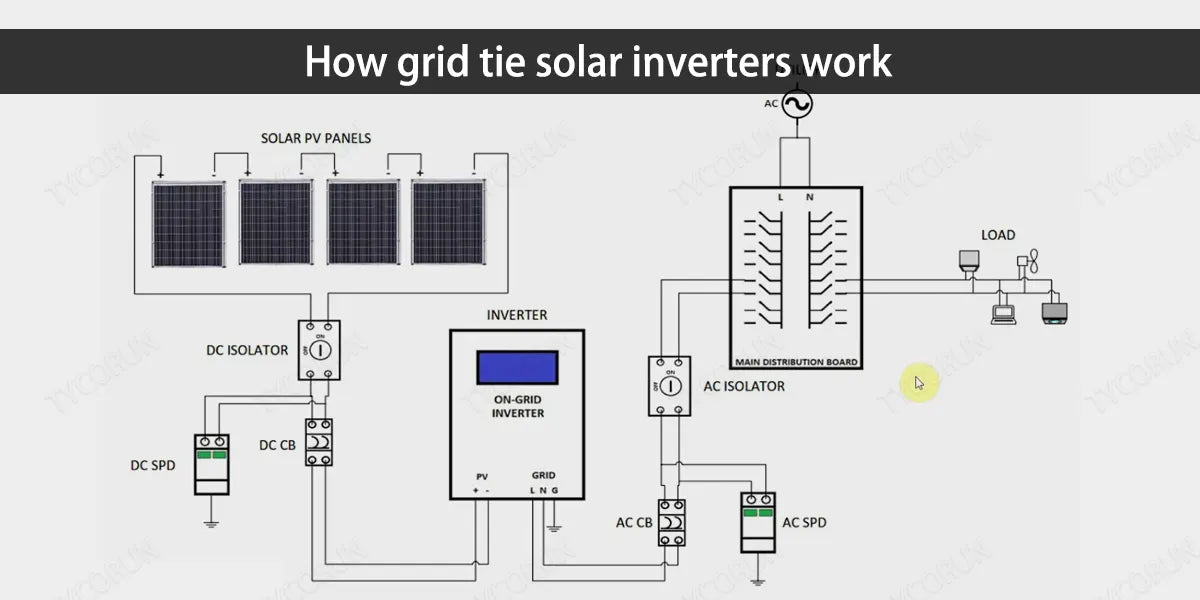
If the load is too large or the sunshine conditions are poor, the inverter cannot output enough power, and the terminal voltage of the solar array will drop, so that the output AC voltage will be reduced and the low-voltage protection state will be entered. When power is restored to the grid, it will automatically switch to a feedback state.
4. Grid tie solar inverter features
● High efficiency
Due to the current high price of solar battery, in order to maximize the use of solar cells and improve the efficiency of the system, it is necessary to find ways to improve the efficiency of grid tie solar inverters.
● High reliability
At present, photovoltaic power station systems are mainly used in remote areas, and many power stations are unattended and maintained, which requires the grid tie solar inverter to have a reasonable circuit structure, strict component screening, and requires the inverter to have various protection functions.
● Wide adaptation range input voltage
As the terminal voltage of the solar cell varies with the load and the insolation intensity. Especially when the battery is aging, its terminal voltage changes in a large range, such as 12V battery. Its terminal voltage may change between 10V and 16V, which requires the grid tie solar inverter to ensure normal operation in a large DC input voltage range.
|
|
12v 6ah
|
12v 12ah
|
12v 100ah
|
12v 200ah
|
|
Product image
|
||||
|
Price & Discount
|
$49.00(-29%)
|
$79.99(-33%)
|
$579.99(-27%)
|
$999.99(-44%)
|
|
Charge Current
|
1.2A
|
2.4A
|
20A
|
20A |
|
Discharge Current
|
6A |
12A |
100A |
100A |
|
More information |
Click to get the details |
Click to get the details |
Click to get the details |
Click to get the details |
5. The role of grid tie solar inverters
The grid tie solar inverter not only has the function of direct AC conversion, but also has the function of maximizing the performance of the solar cell and the function of system fault protection.
In summary, there are automatic operation and shutdown functions, maximum power tracking control functions, anti-separate operation functions, automatic voltage adjustment functions, DC detection functions, and DC grounding detection functions.
● Automatic operation and shutdown functions
The output of the solar cell also increases with the intensity of solar radiation, and when the output power required for the inverter to work is reached, the inverter will automatically start running.
Once in operation, the inverter monitors the output of the solar cell module at all times, and as long as the output power of the solar cell module is greater than the output power required for the inverter to work, the inverter will continue to operate.
● Maximum power tracking control function
Always let the working point of the solar cell module be at the maximum power point, and the system always obtains the maximum power output from the solar cell module, which is the maximum power tracking control. The most important feature of inverters for solar power generation systems is that they include the function of MPPT. 3000w inverter also had this function.
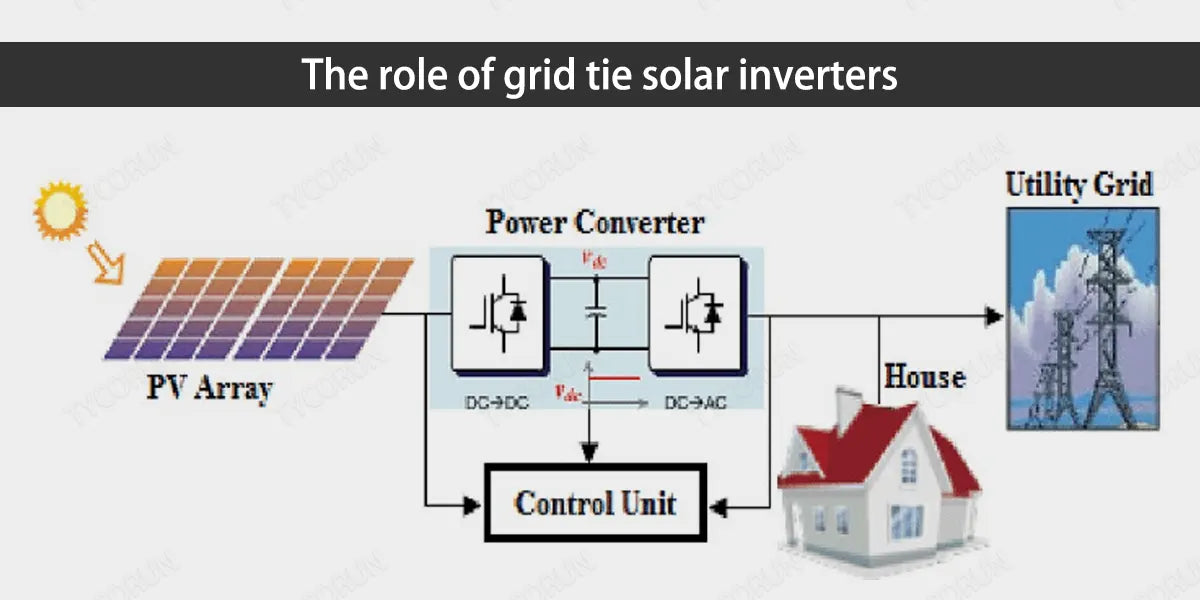
● Grid detection and grid connection function
Before the grid tie solar inverter is connected to the grid for power generation, it needs to take power from the grid, detect the voltage, frequency, phase sequence and other parameters of the grid power transmission, and then adjust the parameters of its own power generation, which are synchronized with the grid power parameters and will be connected to the grid for power generation after completion.
● Zero (low) voltage ride-through function
Power system accidents or disturbances cause voltage to sag at the grid tie point of the photovoltaic power station. Within a certain voltage drop range and time interval, the photovoltaic power station can ensure continuous operation without going off the grid.
● Detection and control of islanding
effect When the inverter has an islanding effect, it will cause great safety hazards to personal safety, power grid operation, and the inverter itself, so the inverter access standard stipulates that the grid tie solar inverter must have the detection and control function of the islanding effect.
6. Common faults of grid tie solar inverter
● The screen is not displayed
Possible causes:
- There is no DC input, the inverter is DC powered.
- The component voltage is insufficient.
- The inverter works from 100V to 500V, and when it is lower than 100V, the inverter does not work.
- Module voltage is related to solar irradiance.
The PV input terminal is reversed, and the PV terminal has anode and cathode poles, which should correspond to each other and cannot be connected in reverse with other groups.
● The inverter is not connected to the grid
Possible causes:
- There is no connection between the inverter and the grid.
- The AC switch did not close.
- The AC output terminal of the inverter is not connected.
- When wiring, loosen the upper row of the inverter output terminal.

● Hardware failure
The inverter circuit board, detection circuit, power circuit, communication circuit and other circuits are faulty.
● AC side overvoltage
If the impedance of the power grid is too large, the home energy storage side of the photovoltaic power generation cannot digest it, and when it is transmitted, the voltage on the output side of the inverter is too high due to the excessive impedance, which causes the inverter to be shut down for protection, or to operate with derating.
● Grid tie solar inverter ground fault
The external environment is humid, and the inverter's insulation to the ground is reduced
7. Conclusion
This article mainly introduces the functions of grid tie solar inverters. Solar photovoltaic power generation technology, as a technology that has the potential to revolutionize people's livelihood inverter grid connection, can convert the direct current generated by the solar power generation system into alternating current and connect it with the power grid, realizing the self-sufficiency of the solar power generation system and the surplus power grid.
It not only provides strong support for the promotion of solar power generation, but also brings new choices for people's lives to be more environmentally friendly and energy-saving.
If you want to want more information about Tycorun quality solar inverters, please check our 3000w inverter 12v, 2000w inverter 12v, 1000w pure sine wave inverter, 500 watt car inverter.
Related articles: off grid solar batteries, UPS vs inverter, Top 5 inverter battery companies
